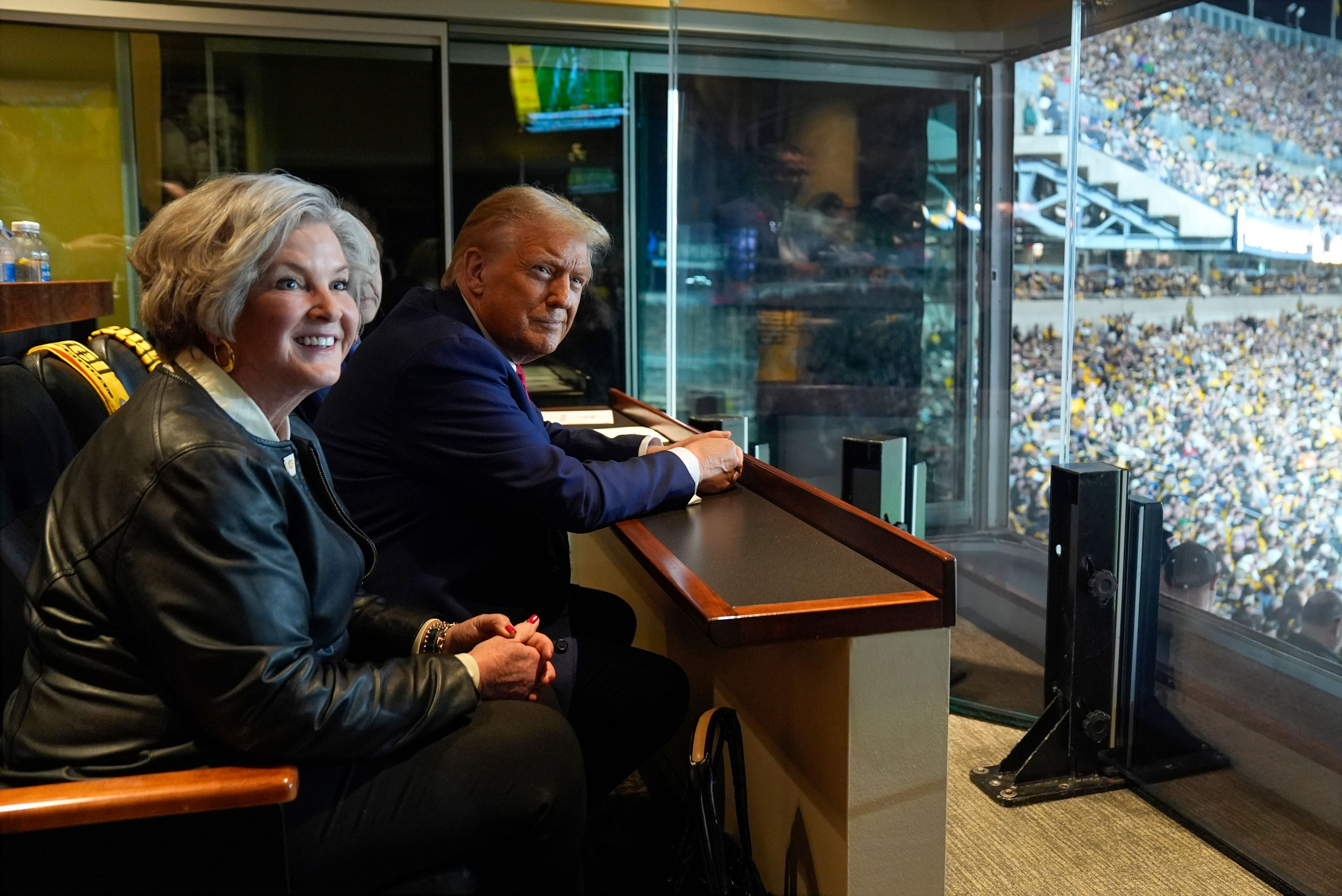Fed's favored inflation gauge shows cooling price pressures, clearing way for more rate cuts
WASHINGTON (AP) — The Federal Reserve's preferred inflation measure on Friday provided the latest sign that
WASHINGTON (AP) — The Federal Reserve's preferred inflation measure on Friday provided the latest sign that price pressures are easing, a trend that is expected to fuel further Fed interest rate cuts this year and next.
Prices rose just 0.1% from July to August, the Commerce Department said, down from the previous month’s 0.2% increase. Compared with a year earlier, inflation fell to 2.2%, down from 2.5% in July and barely above the Fed's 2% inflation target.
The cooling of inflation might be eroding former President Donald Trump's polling advantage on the economy. In a survey last week by The Associated Press-NORC Center for Public Affairs Research, respondents were nearly equally split on whether Trump or Vice President Kamala Harris would do a better job on the economy. That is a significant shift from when President Joe Biden was still in the race, when about six in 10 Americans disapproved of his handling of the economy. The shift suggests that Harris could be shedding some of Biden's baggage on the economy as sentiment among consumers begins to brighten.
Excluding volatile food and energy costs, so-called core prices rose just 0.1% from July to August, also down from the previous month’s 0.2% increase. Compared with 12 months earlier, core prices rose 2.7% in August, slightly higher than in July.
With inflation having tumbled from its 2022 peak to barely above the Fed's 2% target, the central bank last week cut its benchmark interest rate by an unusually large half-point, a dramatic shift after more than two years of high rates. The policymakers also signaled that they expect to reduce their key rate by an additional half-point in November and in December. And they envision four more rate cuts in 2025 and two in 2026.
Friday's report also showed that Americans' incomes and spending ticked up only slightly last month, with both rising just 0.2%. Still, those tepid increases coincide with upward revisions this week for income and spending figures from last year. Those revisions showed that consumers were in better financial shape, on average, than had been previously reported.
Americans also saved more of their incomes in recent months, according to the revisions, leaving the savings rate at 4.8% in September, after previous figures had shown it falling below 3%.
The government reported Thursday that the economy expanded at a healthy 3% annual pace in the April-June quarter. And it said economic growth was higher than it had previously estimated for most of the 2018-through-2023 period.
The Fed tends to favor the inflation gauge that the government issued Friday — the personal consumption expenditures price index — over the better-known consumer price index. The PCE index tries to account for changes in how people shop when inflation jumps. It can capture, for example, when consumers switch from pricier national brands to cheaper store brands.
In general, the PCE index tends to show a lower inflation rate than CPI. In part, that’s because rents, which have been high, carry double the weight in the CPI that they do in the index released Friday.
Recent reports suggest that the economy is still expanding at a healthy pace. On Thursday, the government confirmed its previous estimate that the U.S. economy grew at a healthy 3% annual pace from April through June, boosted by strong consumer spending and business investment.
Several individual barometers of the economy have been reassuring as well. Last week, the number of Americans applying for unemployment benefits fell to its lowest level in four months.
And last month, Americans increased their spending at retailers, suggesting that consumers are still able and willing to spend more despite the cumulative impact of three years of excess inflation and high borrowing rates.
The nation’s industrial production rebounded, too. The pace of single-family-home construction rose sharply from the pace a year earlier. And this month, consumer sentiment rose for a third straight month, according to preliminary figures from the University of Michigan. The brighter outlook was driven by “more favorable prices as perceived by consumers” for cars, appliances, furniture and other long-lasting goods.
Connect with the Southeast Missourian Newsroom:
For corrections to this story or other insights for the editor, click here. To submit a letter to the editor, click here. To learn about the Southeast Missourian’s AI Policy, click here.









